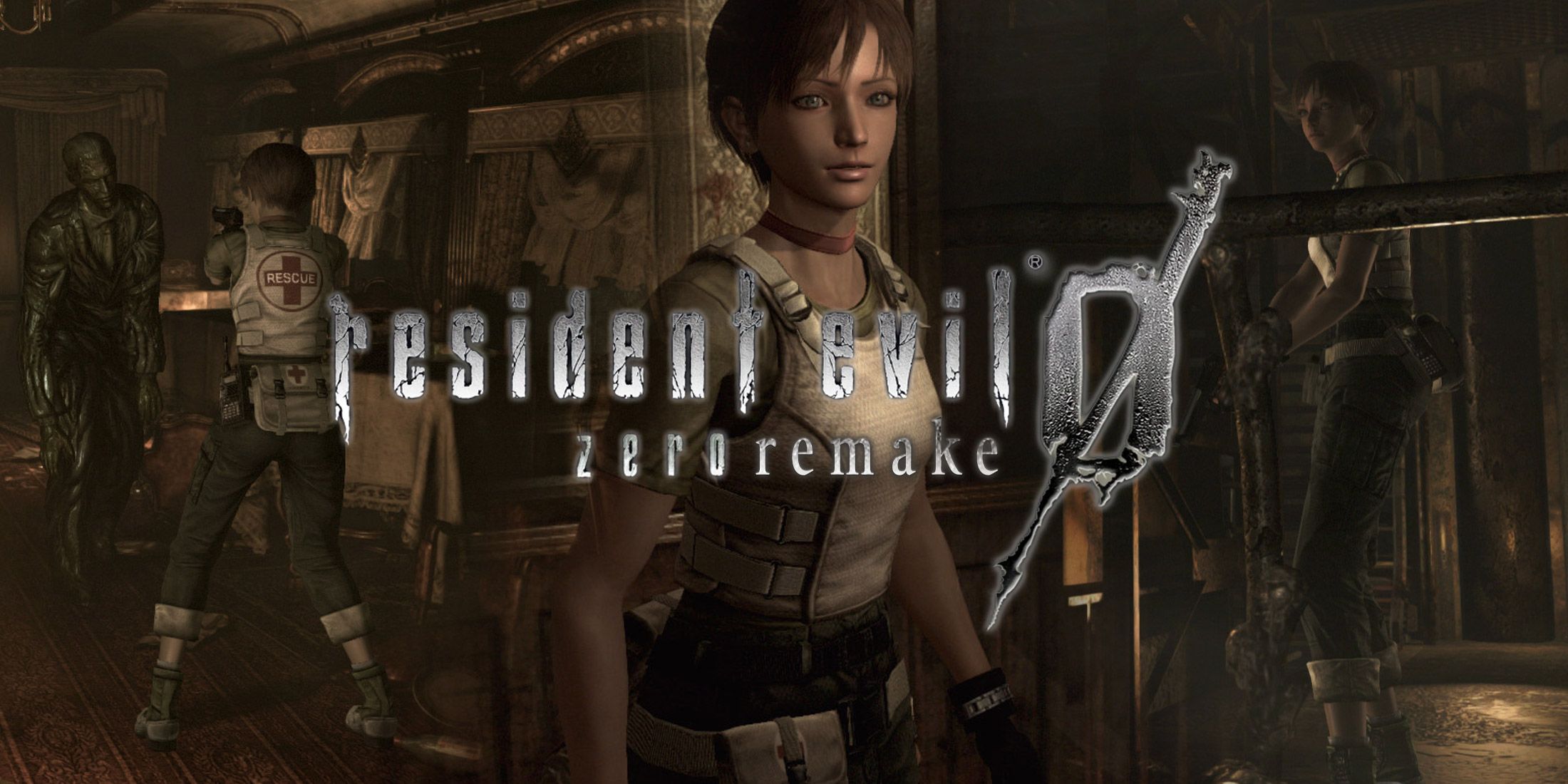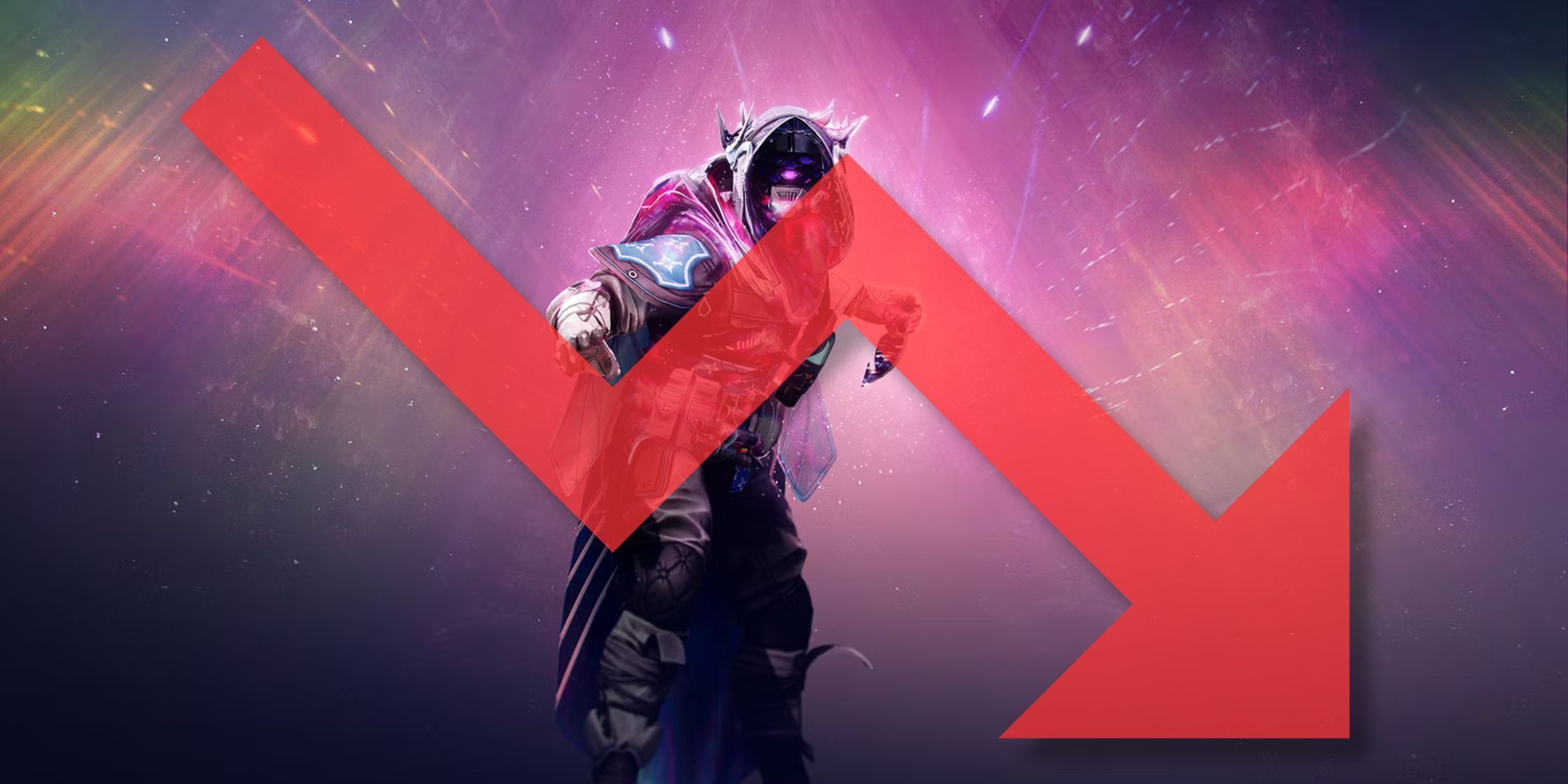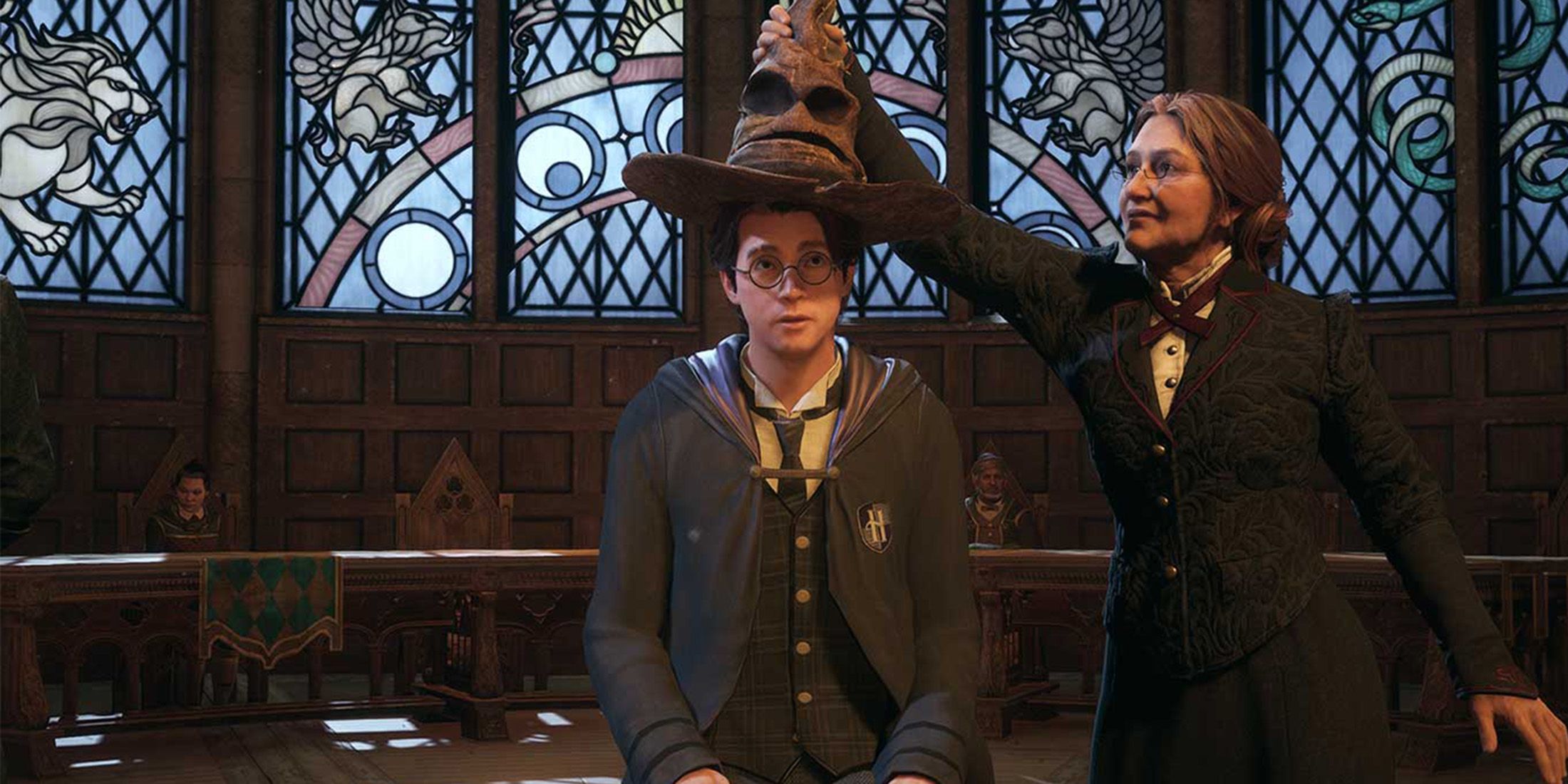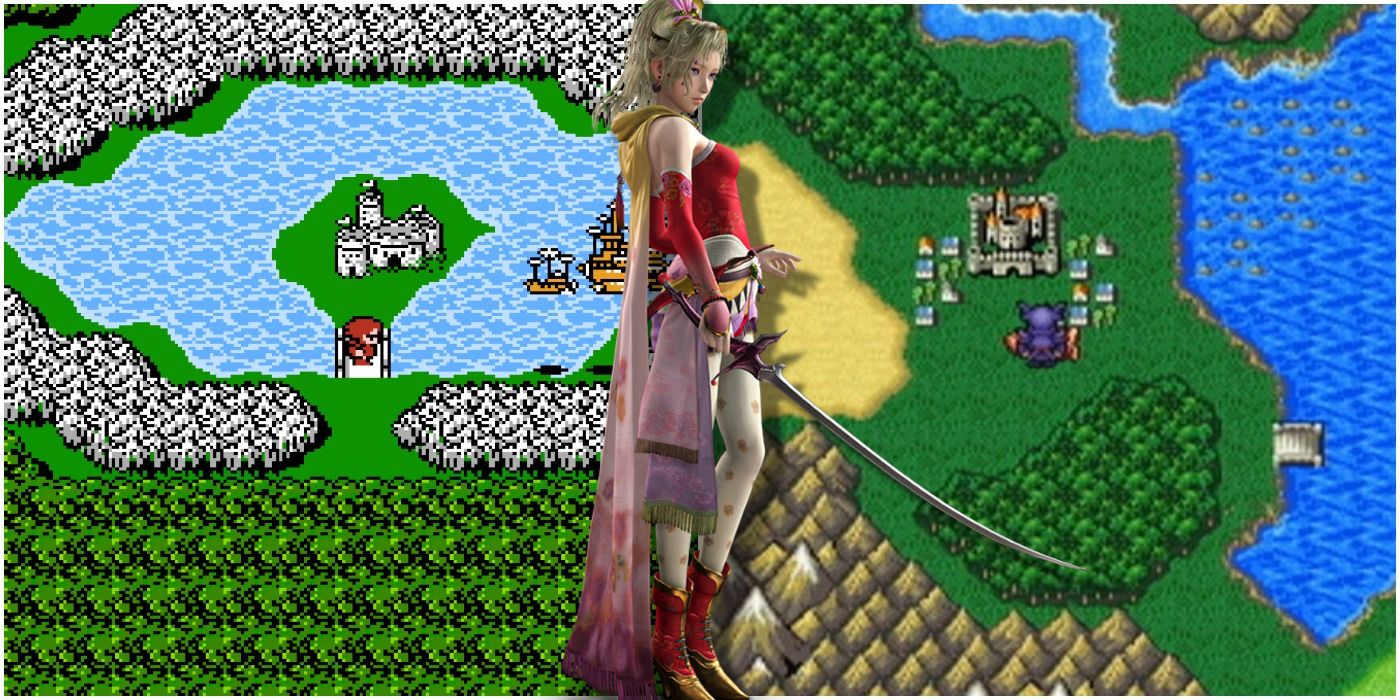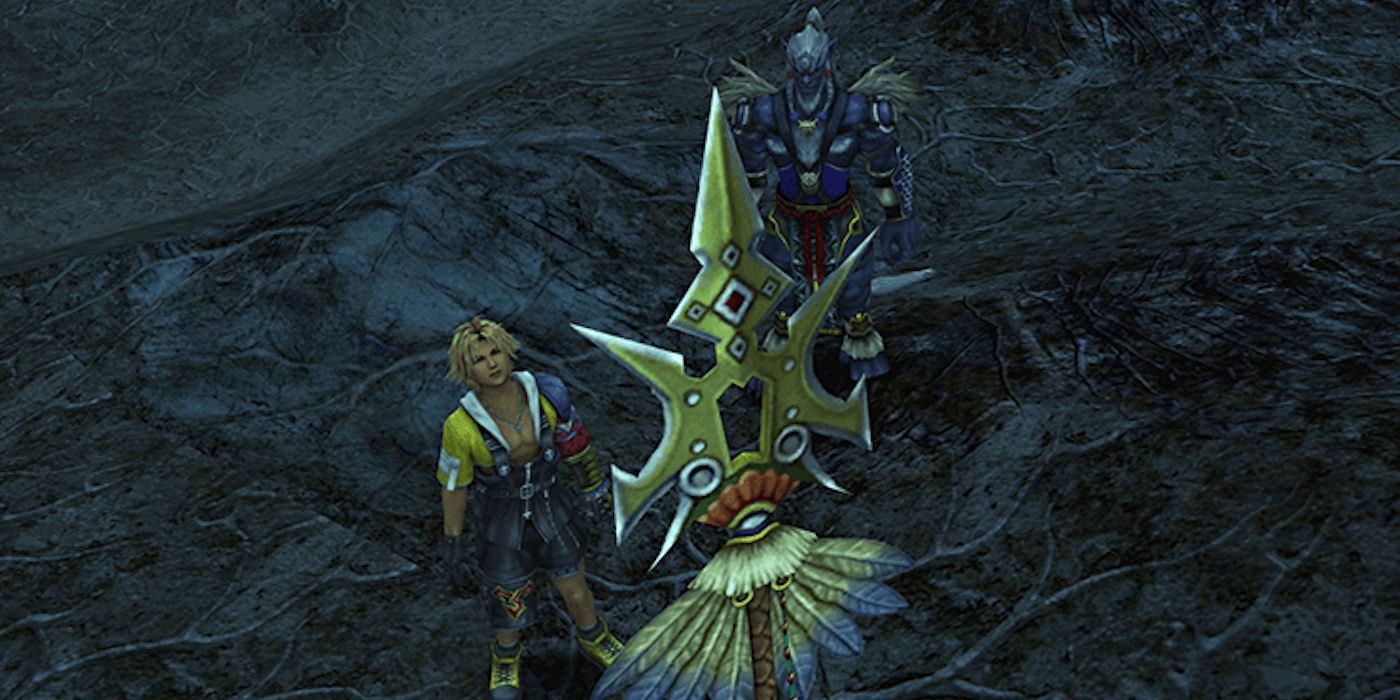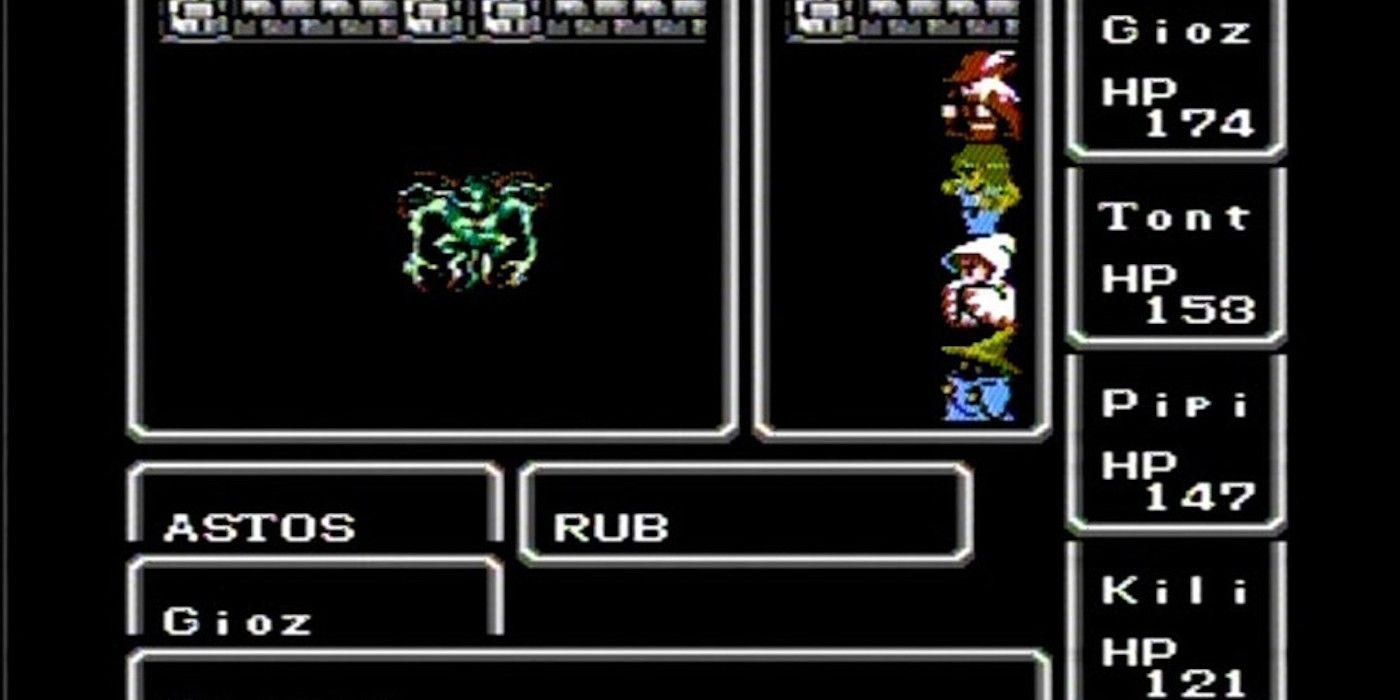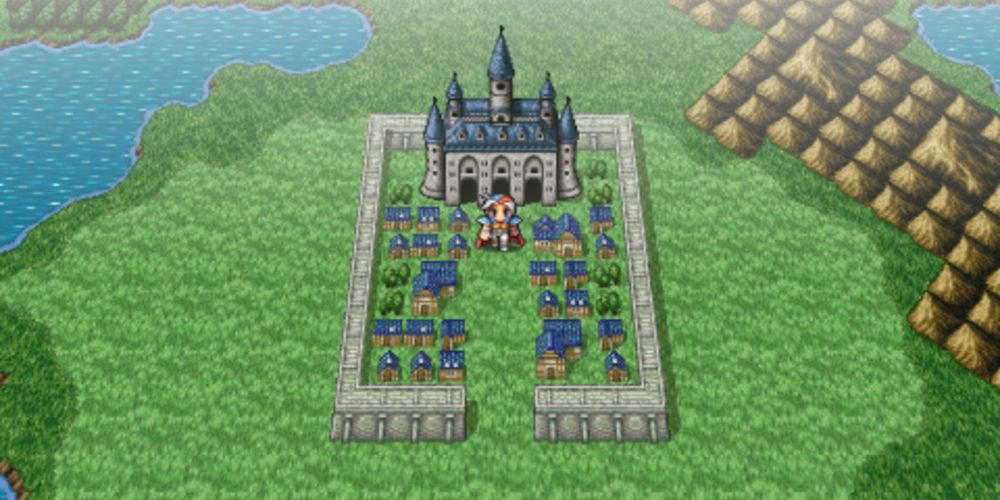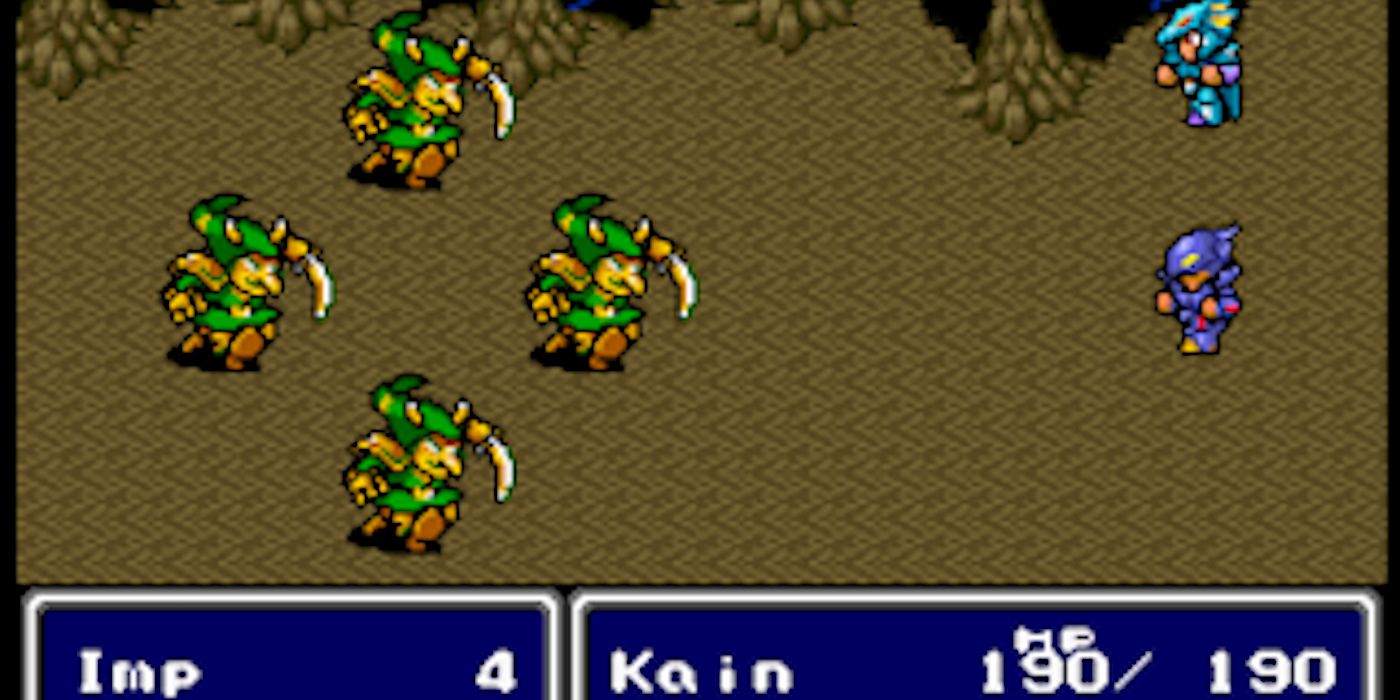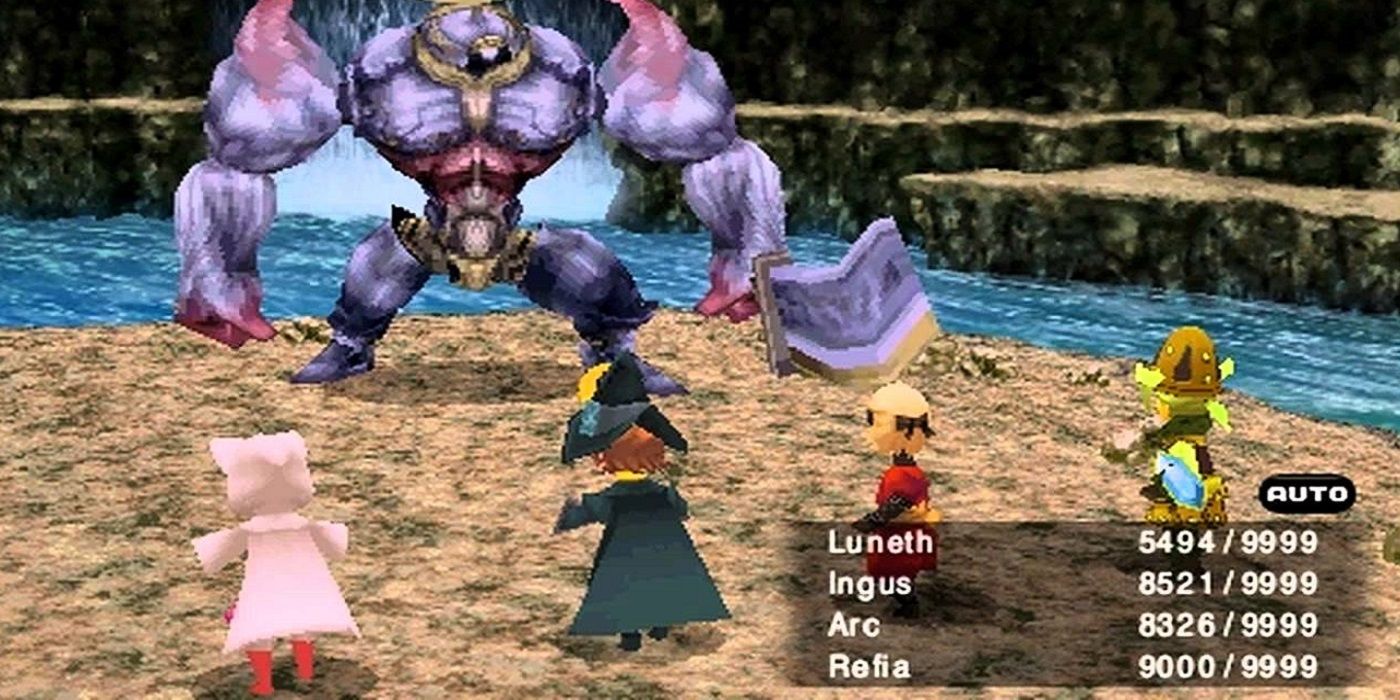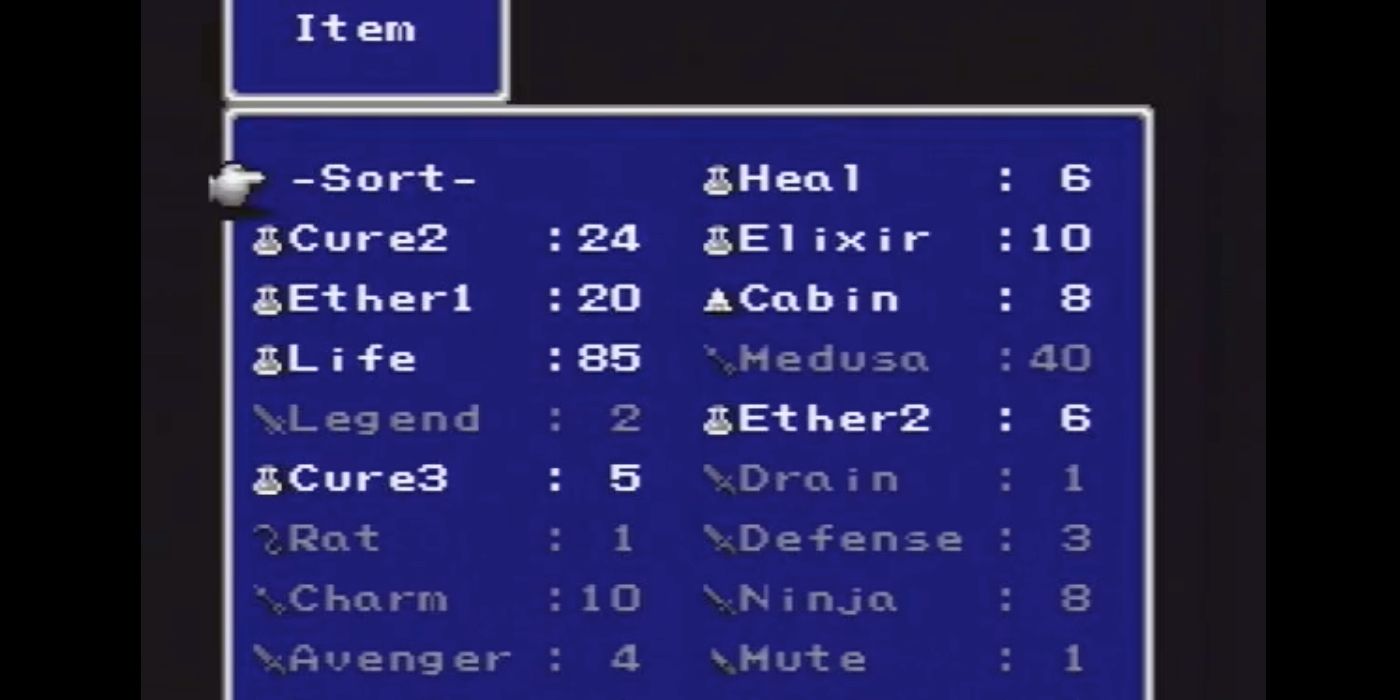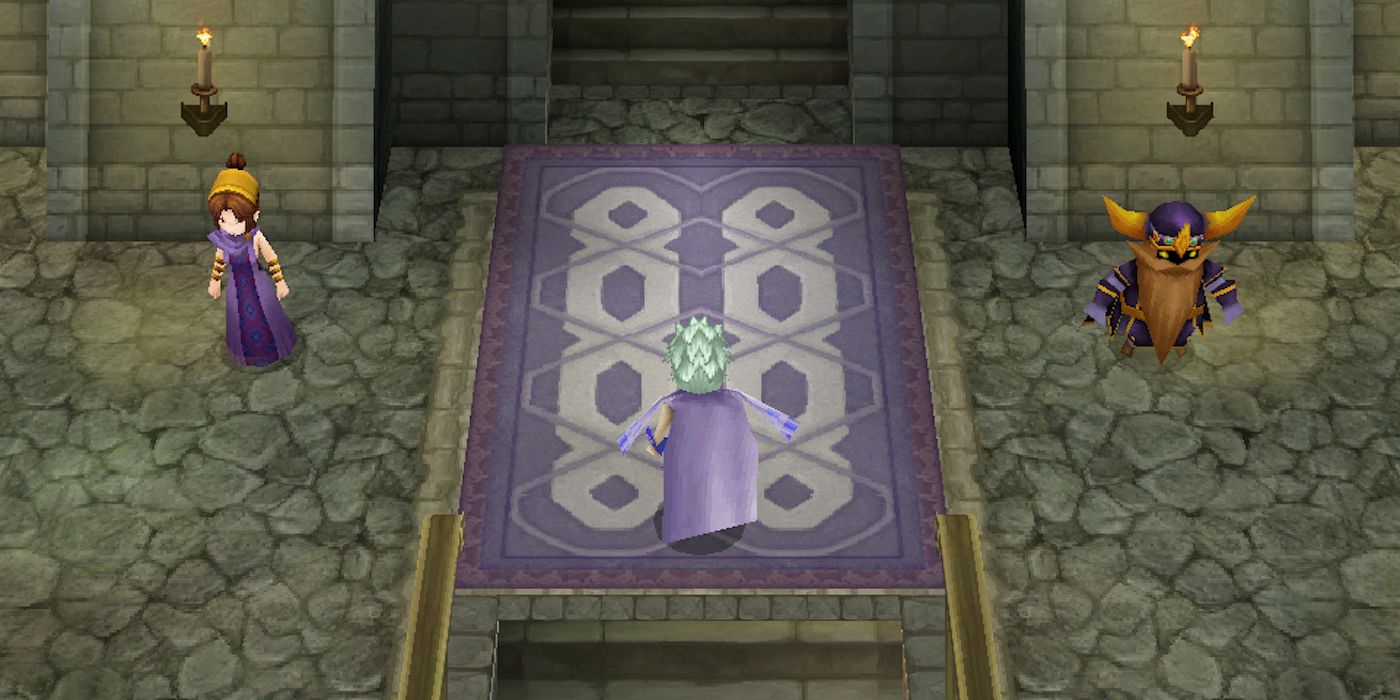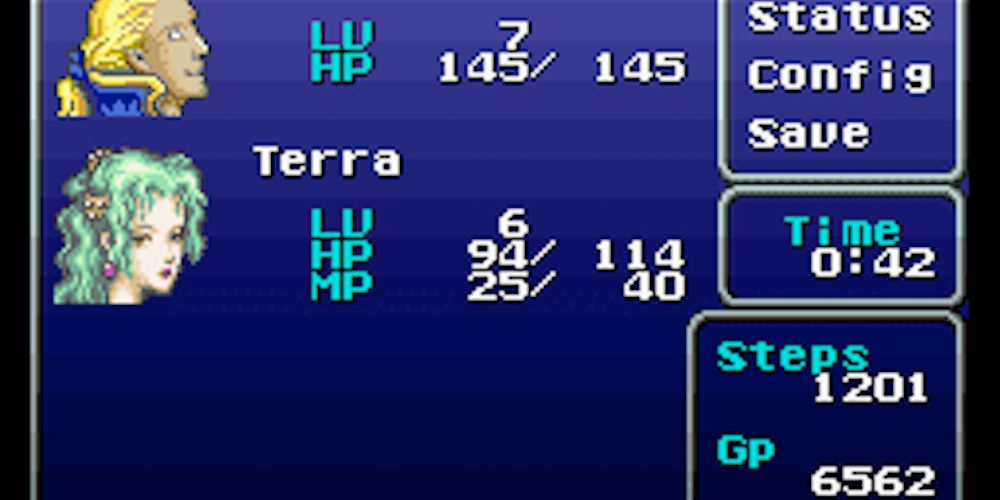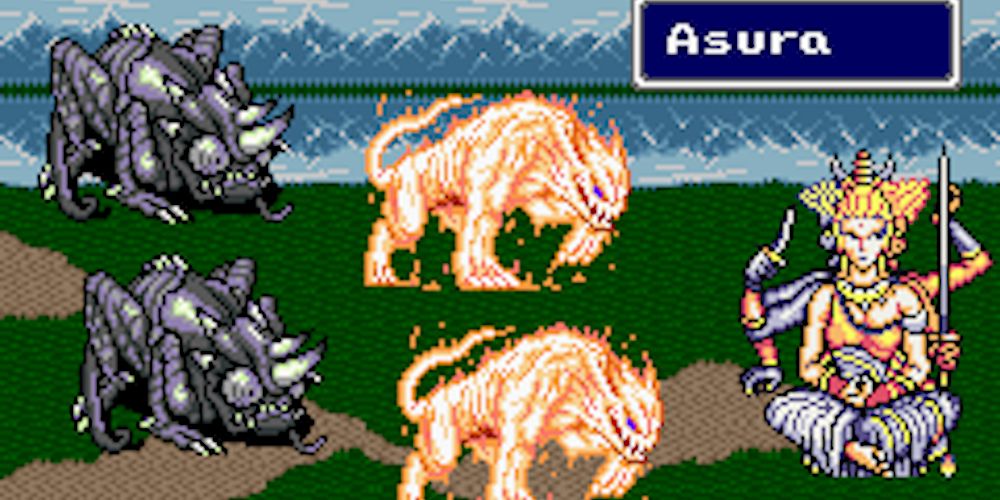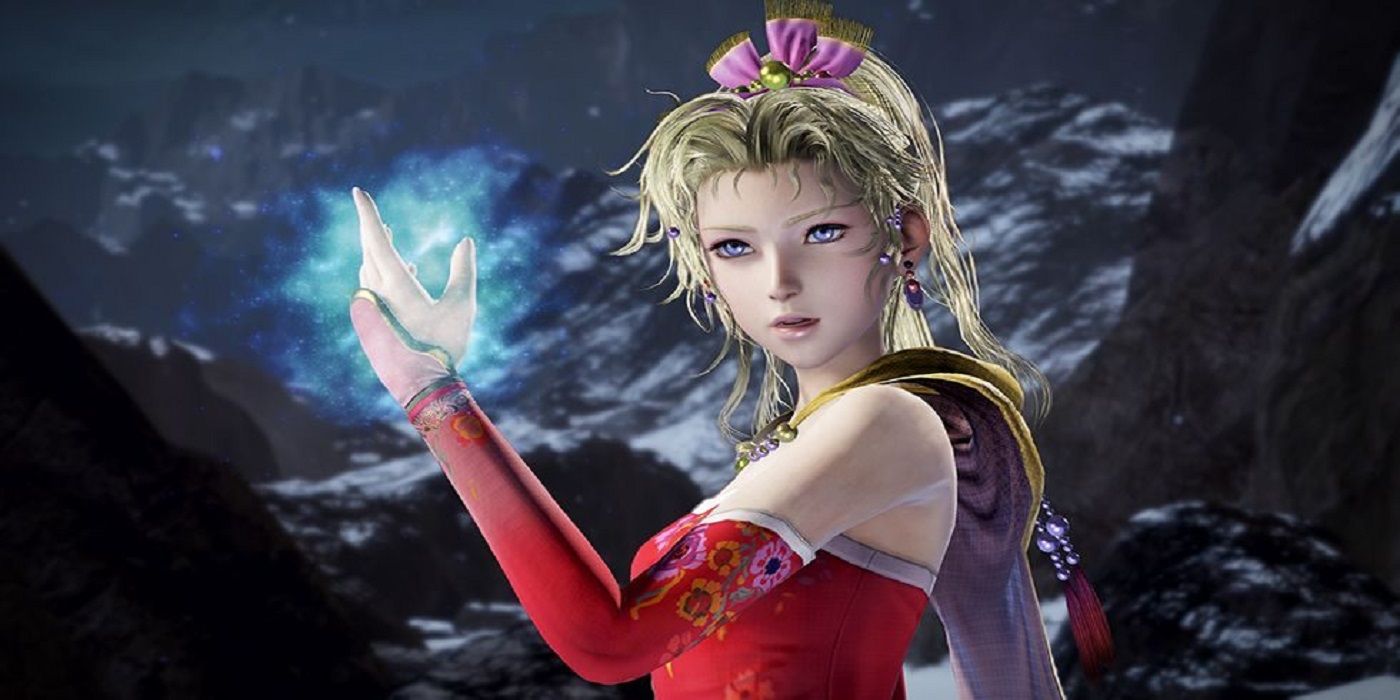Translating a game from Japanese to English is never a one-to-one transition. For any number of reasons, a direct translation doesn't always work as sometimes an exact word doesn't even exist. Sometimes, localization efforts also cause some significant changes to games.
Be it from Nintendo of America's strict rules regarding religious imagery and violence or anything else, this has resulted in a lot of changes to Final Fantasy titles when they reach the west. While it means that gamers didn't have to miss out on certain titles, some of the changes are rather odd.
10 The Spirit Lance Is Called Longinus In Japan
The Spirit Lance is a recurring spear throughout the series. In Japan, it is called Longinus, a reference to the spear that pierced Jesus in the Bible during the crucifixion and the soldier who wielded it. In the older games, this was changed because of the religious allusion.
However, the name Spirit Lance remained even in the modern games. Most notably, Kimahri's Celestial weapon in Final Fantasy X is still called the Spirit Lance.
9 The Kill Spell From The First Game Is Called Rub On The NES
Religious allusions were not the only thing toned down and eliminated for western releases. The Kill spell from the debut Final Fantasy was changed to Rub on the NES for the original western release.
Rub really does not get across what the spell does. To take out references to killing is bizarre. What do people think happens to the monsters and enemies after HP reaches zero?
8 All The Names Are Changed In Final Fantasy 2
Final Fantasy 2 only came to the west in 2001 with Final Fantasy Origins for the PS1. When they localized the older NES title, the company decided to change all the characters' names. Guy is called Gus, Frionel is called Firion, Paul is called Pavel, and many other names receive adjustments.
The last example is particularly weird because Pavel is just the Slavic equivalent of the same name. Maybe the localization team thought Paul sounded too normal for a high fantasy setting. These names, only used in the PS1 version, were changed back to the originals for future re-releases.
7 Holy Is Called White In Final Fantasy 4
Holy is always a coveted spell. Anyone who played Final Fantasy 4 back when it was called Final Fantasy 2 first came into contact with the spell under the name White. Because most of the items were also given generic names, White fits in with everything else. However, the name does not really feel appropriate in the fantasy setting where the game takes place.
6 Final Fantasy 3 Changes Ability Names And Gives The Protagonists Names
In the original Final Fantasy 3, the Warriors of Light are nameless. In the DS remake, which is the first time the game was actually brought to the west, they were given proper names and fleshed-out stories. In addition to this, many of the abilities have different names when translated. Fight is called Attack, Escape is called Flee, and the regular Defend command is called Guard.
5 Phoenix Down Is Called Life In Final Fantasy 4
As previously mentioned, many of the item names changed for prior games make them sound like generic brand versions of the more recognizable item. If one knows the origin of the names, it is easy to deduce what a Phoenix Down does.
To make things simpler, Final Fantasy 4 simply calls the item Life. In addition to this, the Remedy is called Heal and the Potion is called Cure1, taking the flavor out of the names.
4 The Tower Of Prayers In Final Fantasy 4 Is Called The Tower Of Wishes
Items and characters are far from the only things changed in localization to remove religious connotations. Mysidia, a town populated mostly by mages, has a location called the Tower of Prayers. In the original western release, this was called the Tower of Wishes.
While the meaning is essentially the same, it once again lacks any religious allusion. The name was changed back for future releases, however.
3 Gil Is Called GP In Final Fantasy 6
Gil is the universal currency for the series. However, in Final Fantasy 6 for the SNES it was called GP. In the west, the sixth mainline entry was also called Final Fantasy 3. Gamers should already be used to money having different names, so Gil would probably not have been confusing. GP does not even sound like it would be money. Might as well just call it dollars at that point.
2 The Summon Names In Final Fantasy 4 Are Shortened
This one is a little strange. In the original Final Fantasy 4, every summon attack had its own name which was prominently displayed before the animation takes place. In the western release, summon names were shortened in the menus, and the full name displayed when the attack occurred during battle. It is strange to exclude the attack name, but we guess it is not vital to a complete Final Fantasy 4 experience.
1 Terra Is Actually Called Tina In Japan
Final Fantasy 6 is one of the most celebrated entries of the 2D titles, and Terra is the central protagonist. In Japan, her name is actually Tina but was changed to Terra for a number of reasons. Mainly, playtesters detested the name Tina and it did not sound exotic enough for a fantasy game.
Terra is a relatively common name in the west but sounds more stylish than Tina. The name Terra stuck even through re-releases.

